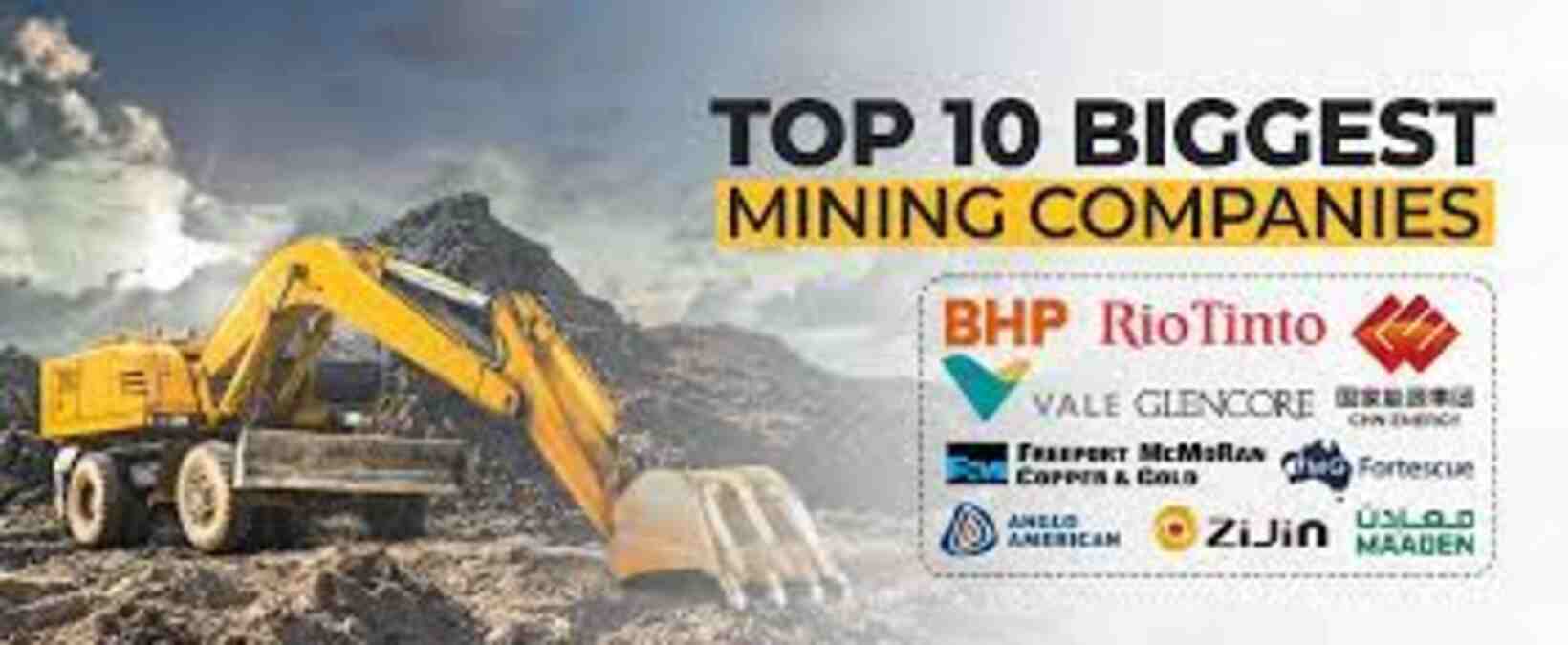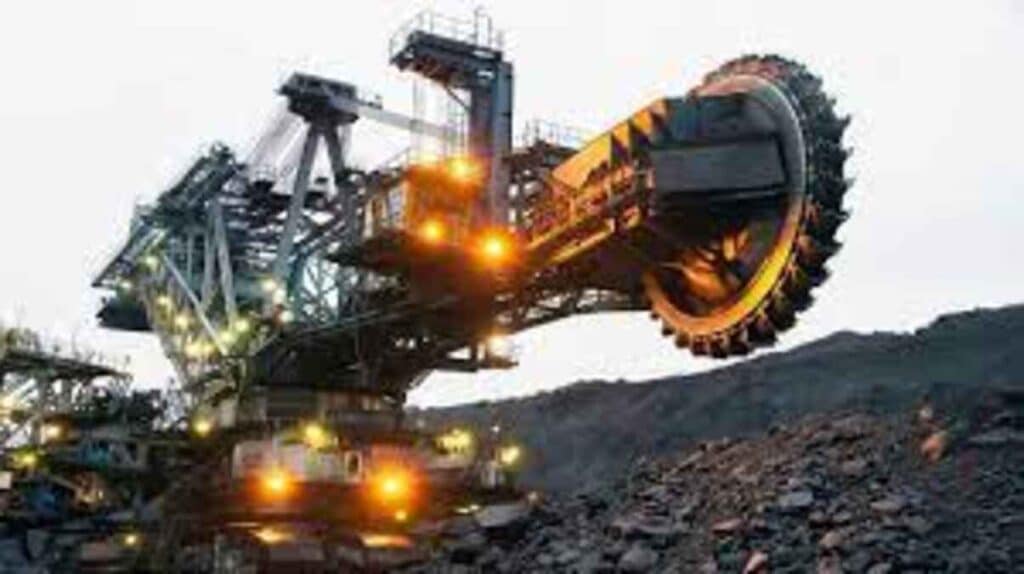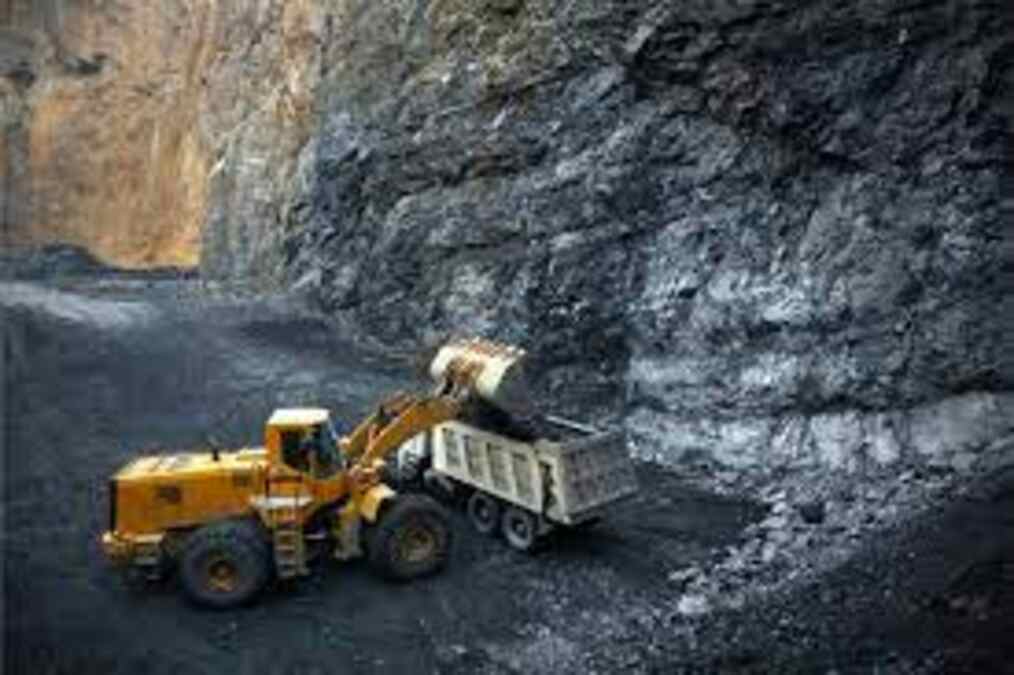Mining Companies: The Best Powerful Comprehensive Analysis

Mining Companies is a critical industry, deeply embedded in the framework of modern civilization. From the technology we use daily to the infrastructure. We rely upon, mining provides the essential materials that fuel our progress. Mining companies play a pivotal role in extracting these resources and transforming them into valuable commodities. This article offers an in-depth look at the workings of the mining industry, its economic contributions, and the environmental challenges that arise from mining activities.
Understanding the Mining Industry: A Backbone of Global Development

The mining industry encompasses the extraction of natural resources from the earth, including metals, minerals, and fossil fuels. These resources are vital for a wide array of industries, including manufacturing, energy production, construction, and technology. Mining operations vary in scale, from large multinational corporations to small-scale operations, but all play a crucial role in the global economy.
Types of Mining Operations
Mining companies engage in different types of mining depending on the nature of the resource they are extracting. Here are the key methods of mining:
- Surface Mining: The extraction of minerals from the earth’s surface, including open-pit mining, strip mining, and quarrying. I am the one who primarily uses.
- Underground Mining: This involves mining minerals located deep beneath the earth’s surface. It People typically extract gold, diamonds, and other precious metals using it.
- Placer Mining: The process of mining precious metals, particularly gold, from placer deposits in riverbeds or beaches. During historical gold rushes, this method is commonly used.
- In-situ Mining: A less invasive technique where minerals are dissolved and then pumped out, most commonly used in uranium extraction.
Each method has its advantages and limitations, often dictated by the geological conditions and the resources being targeted.
The Global Impact of Mining Companies
Mining companies contribute significantly to global GDP, creating millions of jobs and generating revenue for countries through taxation and royalties. According to the International Council on Mining and Metals (ICMM), the mining sector directly contributes to the economies of over 50 countries, many of which rely heavily on mining for their GDP.
Economic Contributions
Mining plays a vital role in the economy, particularly in resource-rich countries such as Australia, Canada, Brazil, South Africa, and Chile. These nations are among the world’s top producers of critical minerals like copper, iron ore, coal, and gold.
- Job Creation: Mining companies are major employers, providing jobs in remote areas where other industries are sparse. Direct employment in mining is estimated at millions of workers globally, with indirect employment numbers being significantly higher.
- Revenue Generation: Mining companies are major taxpayers, providing substantial revenue streams for governments. In many developing countries, these revenues support infrastructure development, health care, and education.
- Export Earnings: For many countries, mining products are the main export, generating foreign exchange that supports national budgets. Chile’s copper exports or Australia’s coal and iron ore are prime examples of how important mining is for these nations’ balance of payments.
Key Players in the Mining Industry
The mining industry is dominated by several large multinational corporations, including:
- BHP Group: One of the world’s largest resource companies, BHP is involved in the extraction of coal, iron ore, copper, and petroleum.
- Rio Tinto: A global leader in metals and mining, Rio Tinto specializes in extracting aluminum, iron ore, copper, uranium, and diamonds.
- Vale: Based in Brazil, Vale is one of the largest producers of iron ore and nickel. The company plays a critical role in the global supply chain for steel production.
- Anglo American: Operating in the mining of platinum, diamonds, and other precious metals, Anglo American is a key player in global mining.
- Glencore: One of the world’s largest diversified natural resource companies, Glencore is involved in everything from coal mining to oil trading.
These companies not only drive the global supply of critical resources but also influence market prices and investment trends.
Mining and the Environment: Challenges and Innovations
The environmental impact of mining cannot be understated. While mining is essential for economic development, it is also a leading cause of deforestation, habitat destruction, and water contamination. Mining companies are increasingly under pressure to implement more sustainable practices and reduce their environmental footprints.
Environmental Impacts of Mining
- Deforestation: Mining, especially open-pit and surface mining, often leads to the destruction of forests. This not only impacts wildlife habitats but also contributes to carbon emissions, exacerbating climate change.
- Water Contamination: Mining activities often result in the contamination of water sources due to the chemicals used in the extraction process. Acid mine drainage, where sulfide minerals in exposed rocks react with water and air to form sulfuric acid, can devastate local water systems.
- Air Pollution: Dust and emissions from mining activities contribute to air pollution, posing health risks to local communities and workers. Additionally, mining operations are significant sources of greenhouse gas emissions, particularly in coal mining.
- Loss of Biodiversity: The destruction of ecosystems due to mining operations can lead to a significant loss of biodiversity. Species that rely on specific habitats can become endangered or extinct as mining expands into previously untouched areas.
Innovations in Sustainable Mining
Mining companies are now adopting innovative practices to mitigate their environmental impacts. Sustainable mining practices are becoming the industry standard, with a focus on reducing waste, lowering carbon emissions, and restoring ecosystems after mining operations conclude.
- Renewable Energy Integration: Many mining companies are transitioning to renewable energy sources, such as solar and wind power, to reduce their carbon footprints. BHP and Rio Tinto, for example, have invested heavily in renewable energy projects to power their mining operations.
- Recycling and Waste Reduction: Modern mining companies are focused on recycling waste materials, such as tailings, to reduce the environmental impact of their operations. In some cases, tailings are repurposed for construction or other industrial uses.
- Rehabilitation and Land Restoration: Once a mining site is exhausted, companies are required to rehabilitate the land, restoring it to a natural or economically viable state. This can include reforesting, soil remediation, and creating new ecosystems to support biodiversity.
The Future of Mining: Trends Shaping the Industry
As the global economy shifts toward more sustainable and then renewable energy sources, the demand for certain minerals will increase, while others may decline. Mining companies must adapt to these changing demands, particularly in light of climate change and the push forn carbon neutrality.
Demand for Critical Minerals
The transition to renewable energy and electric vehicles (EVs) is driving demand for critical minerals such as lithium, cobalt, nickel, and then rare earth elements. Mining companies are positioning themselves to meet this rising demand, with investments in lithium mines and other critical mineral projects.
- Lithium Mining: The demand for lithium, a key component in EV batteries, is soaring. Companies like Albemarle and then Tianqi Lithium are leading the charge in expanding lithium production.
- Nickel and then Cobalt: These metals are crucial for battery technology, particularly in electric vehicles. As the global auto industry transitions to electric, mining companies like Glencore are ramping up production to meet this growing need.
Automation and Technology in Mining
Mining companies are increasingly adopting automation and then technology to improve efficiency and then reduce costs. Autonomous trucks and drilling systems, remote operation centers, and then AI-driven resource exploration are becoming common in the industry.

- Autonomous Mining Vehicles: Self-driving trucks and then drills are now used in many mines, reducing the need for human labor in dangerous conditions. Rio Tinto, for example, uses autonomous trucks at its iron ore mines in Australia, improving safety and then efficiency.
- AI and then Data Analytics: Mining companies are leveraging AI and then data analytics to optimize exploration and then production. By analyzing geological data, AI can help identify new resource deposits and then improve the efficiency of extraction processes.
Conclusion: Mining Companies in a Changing World
Mining companies are at the forefront of global development, supplying the raw materials needed for modern infrastructure and then technology. However, the industry is facing significant challenges, particularly in terms of environmental sustainability and then changing market demands. As the world transitions to cleaner energy sources and then greener technologies, mining companies must adapt by embracing sustainable practices and then investing in critical minerals that will drive the future economy.
For those looking to learn more about the mining industry and then its impact on the global economy, it is essential to stay informed on the latest trends, innovations, and then regulations that will shape the industry’s future.
Read more: Crypto to Invest in





